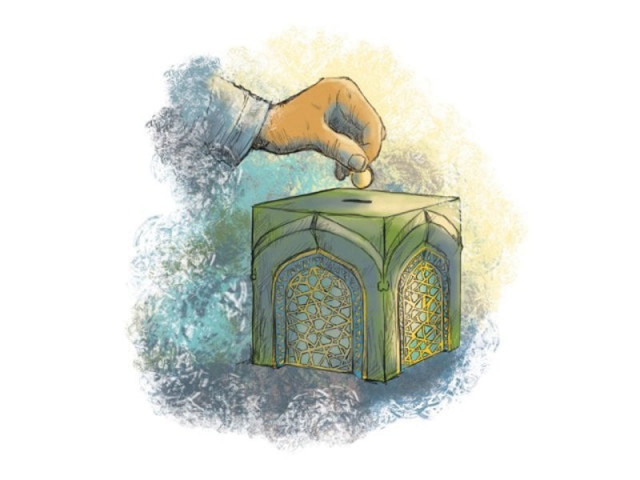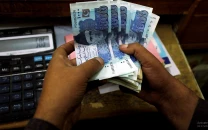January-March quarter: Islamic banking industry’s profits rise to Rs3.2b
Return on equity and assets increases with decline in non-performing financing.

Return on equity and assets increases with decline in non-performing financing. CREATIVE COMMONS
Combined profitability of the Islamic banking industry for January-March remained Rs3.2 billion, which was higher than the combined profits of Rs2.2 billion that Shariah-compliant banks earned in the corresponding quarter of 2013.
According to data released by the State Bank of Pakistan (SBP), both return on equity (ROE) and return on assets (ROA) increased compared to the previous quarter mainly because of the declining non-performing financing of the Islamic banking industry.
In line with the general trend, operating expense to gross income ratio of the Islamic banking industry remained higher than that of the overall banking industry.
The Islamic banking branch network reached a cumulative number of 1,314 with an increase of 10 branches during the first quarter of 2014, as Summit Bank started Islamic banking operations after obtaining a licence and necessary approval from the SBP.
Assets of the Islamic banking industry registered a moderate growth of 0.2% in January-March to reach Rs1,016 billion from Rs1,014 billion in the previous quarter.
However, the market share of Islamic banking assets in the overall banking industry decreased during the quarter, as assets of the overall banking industry grew at a faster pace (2%) than those of the Islamic banking industry.
Investments of the Islamic banking industry continued to decline during the first quarter of 2014 to reach almost Rs354 billion from Rs394 billion by the end of December last year.
One of the major reasons for the decline in investments, according to the SBP, is non-availability of any new government of Pakistan’s Ijara Sukuk since March 2013, which have generally remained the main investment option for the Islamic banking industry.
Gross financing of the Islamic banking industry decreased 2.1% during the quarter to reach Rs323.2 billion from Rs330.2 billion in the previous quarter.
However, this is in line with the seasonal pattern witnessed during the first quarter of 2014 owing to the retirement of financing by a majority of client industries due to the nature of their business cycle.
Sector-wise distribution of financing reveals that the industry continued its concentration in the textile sector, which is in line with that of the overall banking industry. However, the share of textile financing in the overall financing registered a marginal decrease in January-March compared with the previous quarter.
Other sectors namely chemical and pharmaceuticals, sugar, automobile and transportation equipment, electronics and electrical appliances, and individuals recorded an increase in their respective shares in the overall financing.
Like the previous quarter, non-performing financing (NPF) of the Islamic banking industry decreased to reach Rs18.8 billion in January-March, indicating a quarterly decline of 0.7%, the SBP said.
With a growth of 0.5% in January-March, deposits of the Islamic banking industry reached Rs872 billion from Rs868 billion in the previous quarter.
Likewise, the share of the Islamic banking industry’s deposits in the overall banking industry increased from 10.4% in December 2013 to 10.7% by the end of March. This increase was mainly due to customers’ deposits that grew 1.3% during the quarter.
Published in The Express Tribune, June 11th, 2014.
Like Business on Facebook, follow @TribuneBiz on Twitter to stay informed and join in the conversation.


1728020501-0/Express-Tribune-Web-(13)1728020501-0-208x130.webp)
















COMMENTS
Comments are moderated and generally will be posted if they are on-topic and not abusive.
For more information, please see our Comments FAQ